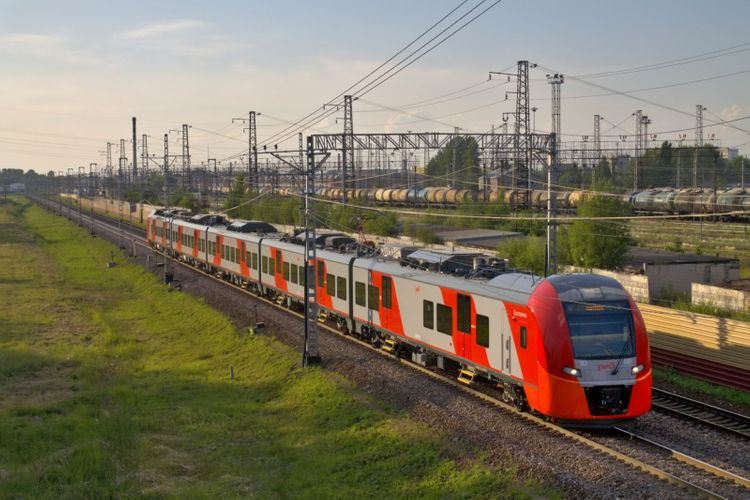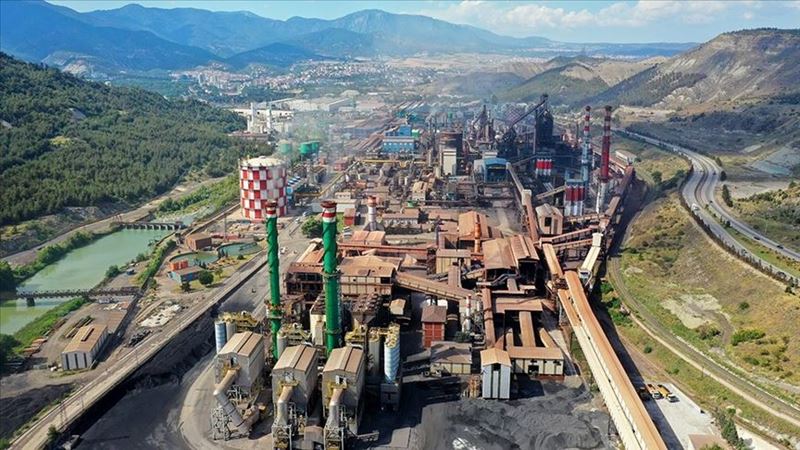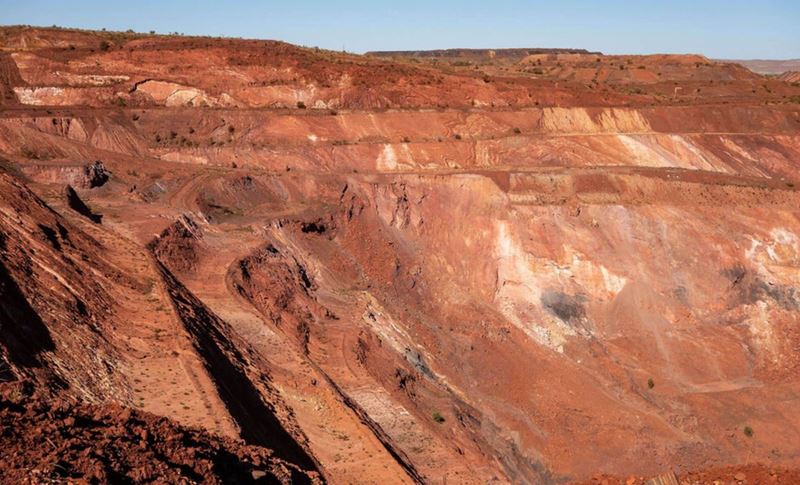Russian Railways (RZD) has reported a significant decline in the transportation of ferrous metals across its network, reflecting the broader slowdown in Russia’s industrial and construction sectors. According to operational data released by the company, loading volumes of ferrous metals fell by 17.1% in the first ten months of 2025, totaling 42.3 million tonnes.
Overall rail freight dynamics also showed weakness. RZD handled 96.9 million tonnes of cargo in October 2025, a marginal year-on-year increase of 0.1%. However, cumulative loading from January to October amounted to 927.1 million tonnes, which is 6% lower than during the same period last year.
A similar downward trend was recorded across other metallurgical categories. Shipments of ferrous scrap dropped sharply to 6.3 million tonnes, a decline of 33.6% compared with January–October 2024. Iron and manganese ore loading slipped by 1.1%, reaching 89.7 million tonnes over the ten-month period.
Despite the contraction in domestic demand, export-oriented flows offered some support. RZD noted a 14.5% increase in iron ore exports, driven by stronger foreign demand. Coal transportation also rose both inside the country, where volumes increased by 2.8% with the start of the heating season, and on export routes, which posted a 14.8% rise.
At the same time, several key cargo groups continued to feel the pressure of weaker economic activity. RZD pointed out that construction freight volumes fell by 11.9% since the beginning of the year, while the overall decline in coal shipments reached 1.7%.
According to the company, the combined impact of reduced domestic consumption, logistical adjustments, and external market challenges has weighed on rail freight performance throughout 2025. The marked decrease in ferrous metals and scrap shipments particularly highlights the difficulties facing Russia’s steel and related industries.









Comments
No comment yet.